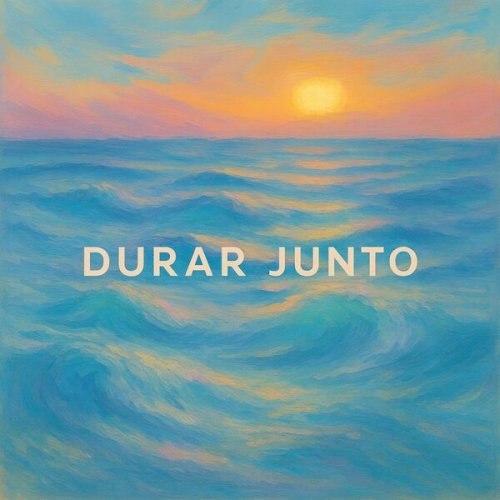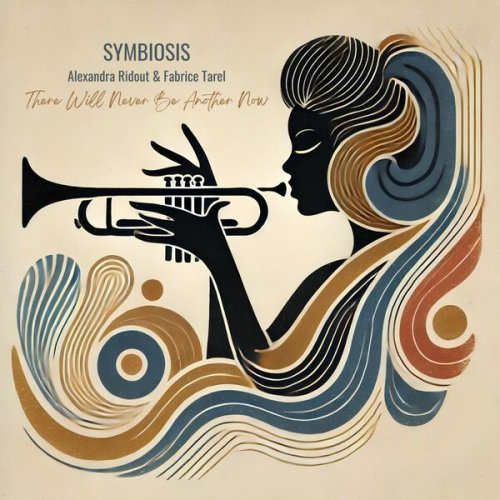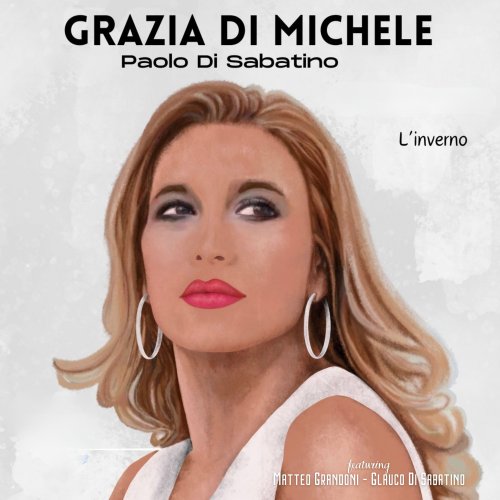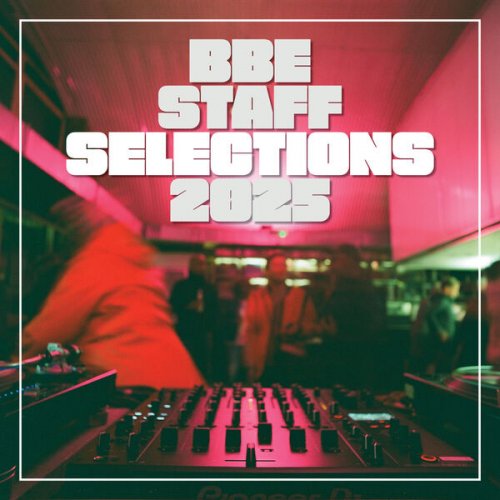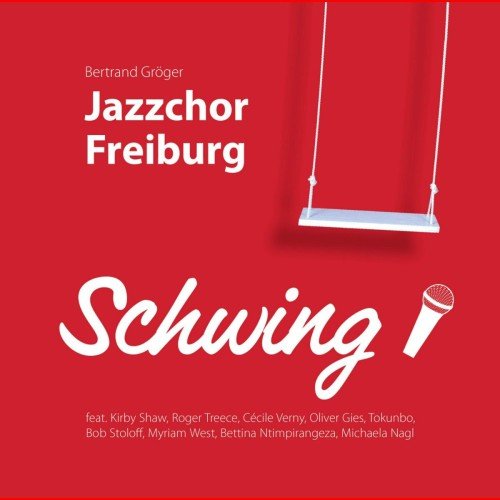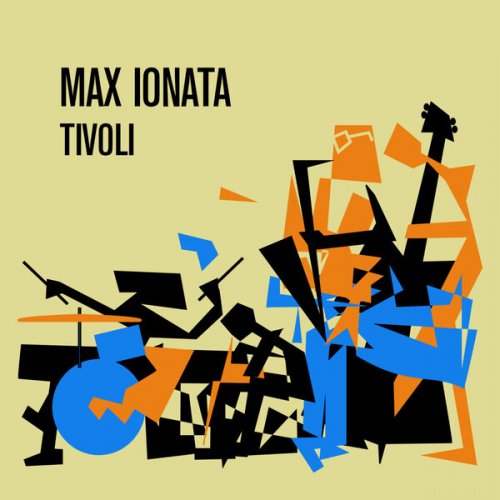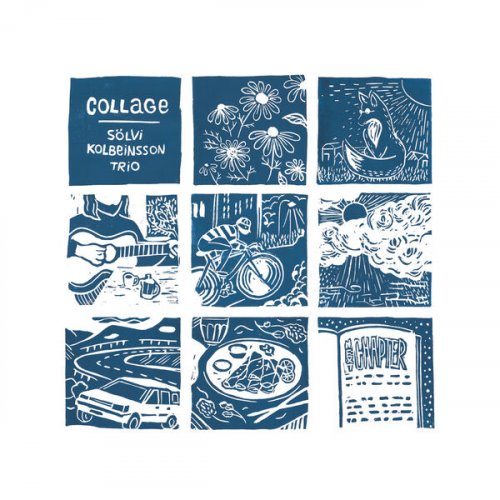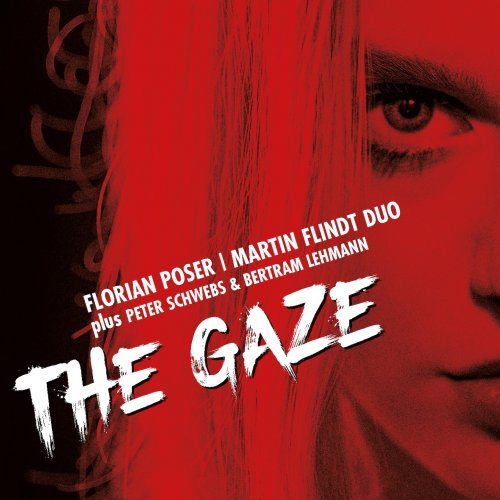The Hague String Trio - Echoes of Budapest (2025)
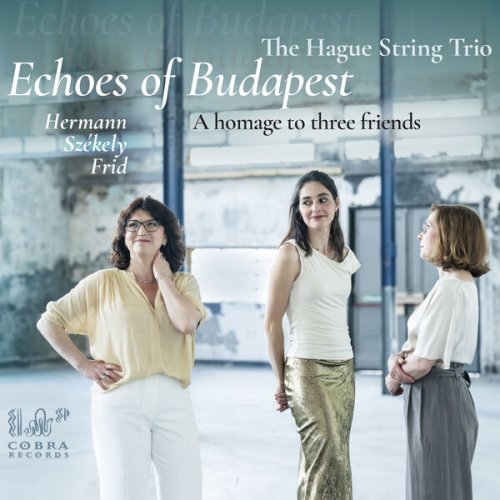
Artist: The Hague String Trio
Title: Echoes of Budapest
Year Of Release: 2025
Label: Cobra Records
Genre: Classical
Quality: flac lossless (tracks) +Booklet
Total Time: 01:06:34
Total Size: 292 mb
WebSite: Album Preview
TracklistTitle: Echoes of Budapest
Year Of Release: 2025
Label: Cobra Records
Genre: Classical
Quality: flac lossless (tracks) +Booklet
Total Time: 01:06:34
Total Size: 292 mb
WebSite: Album Preview
01. String Trio (1921) - Allegro moderato
02. String Trio, Op.1: I. Allegretto
03. String Trio, Op.1: III. Andante cantabile
04. String Trio, Op.1: IIII. Allegro giocoso all’ungherese
06. Duo for Violin and Cello ‘Kan-Ti’: II. Allegro vivace
07. String Trio (1921): I. Moderato
08. String Trio (1921): II. Vivace ma non troppo
09. String Trio (1921): III. Moderato, poco adagio
10. String Trio (1921): IV. Allegro vivace
This album features music by Pál Hermann, Zoltán Székely and Géza Frid – three young Hungarian-Jewish composers whose lives and friendship unfolded against a backdrop of turbulent and unsettled times. They met as students in Budapest at the Franz Liszt Academy in the early 1920s and were each highly talented musicians, Hermann a gifted cellist, Székely an outstanding violinist, and Frid a brilliant pianist. Whilst political tensions, economic instability and antisemitism were rising in Hungary, their international careers flourished. All three left their homeland and, for a time, lived in the Netherlands, where their friendship endured. Their lives were soon disrupted by the outbreak of the Second World War. Hermann’s life ended tragically: deported from France to Lithuania in May 1944, he was never to return. Székely and Frid survived the war: Frid remained in the Netherlands, while Székely later emigrated to the United States and then to Canada.
Székely and Hermann both started composing while still students. Székely started on his String Trio in 1918, and it was through Hermann that Zoltán Kodály, who was then teaching at the Franz Liszt Academy, came to see the manuscript of this piece. He was impressed by Székely’s work and offered these two talented youngsters private les- sons. Kodály demanded new work from them both every week for them to discuss. Although Székely was already working on his String Trio in 1918, the manuscript ultimately bore the date of 1921. Pál Hermann also wrote a String Trio, in one movement, while still a student. This also bore the date of 1921 and remained unpublished.
Frid composed his String Trio, Op.1 in 1926 and had some colleagues play it to Zoltán Kodály, who listened to the three movements without saying a word and finally said “this piece is…imprimatura” (Ripe for publi- cation as it stands). And that is what happened, with this piece becoming his opus 1. The duo for violin and cello Kan-Ti was written just months before his trio opus 1 it was dated October/November 1925 and bears no opus number. Frid exhibits a remarkable command of string writing, revealing an intimate understanding of the instruments’ capabilities.
The Hague String Trio was founded in 2006 by Justyna Briefjes, Julia Dinerstein, and Miriam Kirby. Brought together by a shared passion for chamber music, they are dedicated to exploring the rich and diverse re- pertoire for string trio—from beloved masterworks to overlooked gems they believe deserve wider recognition. The Hague String Trio performs regularly throughout the Netherlands and abroad, where they have built loyal followings. Their two previous albums on the Cobra label, After the Darkness and Celebrating Women, received wide media attention and enthusiastic reviews both in the Netherlands and internationally.
